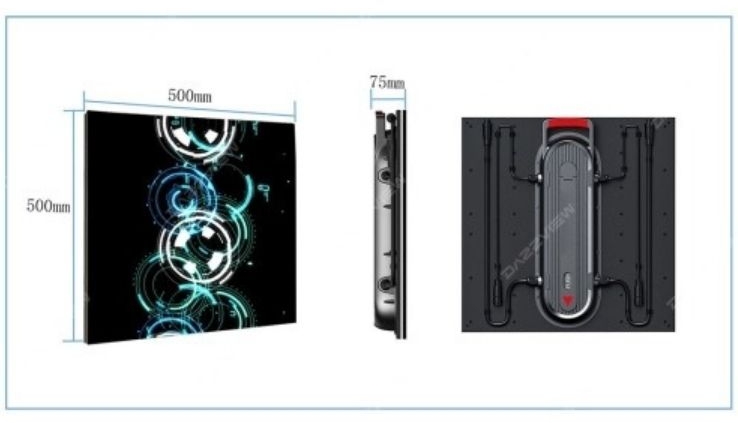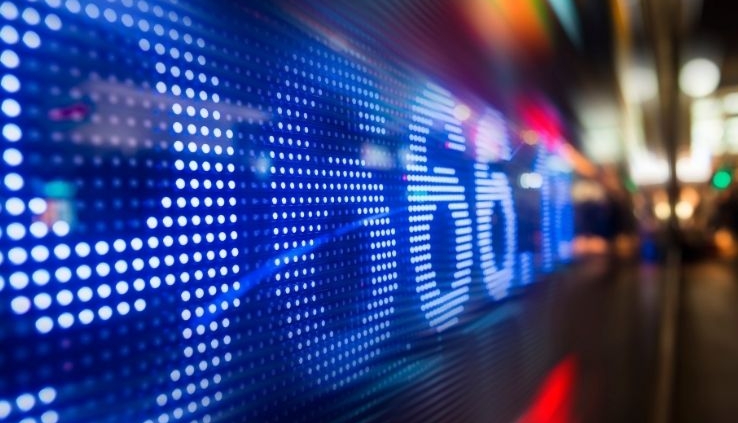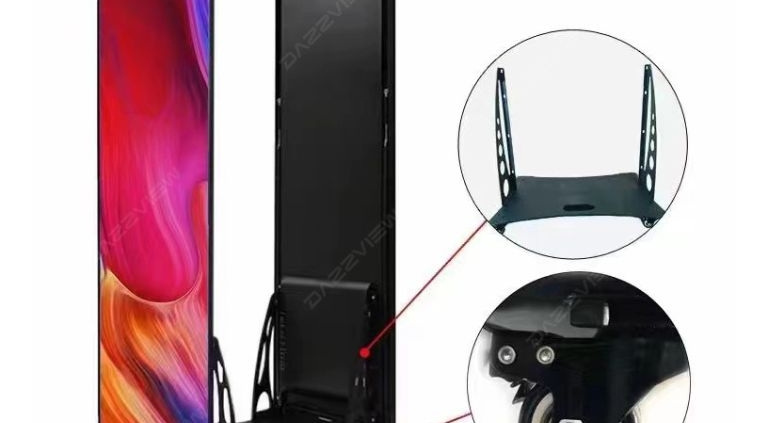OLED vs LED Display: Which One to Choose?
/in Academy, Blog/by SEOfordazzviewOLED vs LED Display: Which One to Choose?
When selecting a monitor, the choice between OLED and LED displays often comes down to understanding their core differences and how they align with your needs. Both technologies have unique strengths, but they cater to different priorities, whether you’re a creative professional, a gamer, or simply looking for a reliable display for everyday use. This article dives into the key distinctions between OLED and LED monitors, their benefits, and which one might be the best fit for you.
Understanding LED Display Technology
LED monitors, widely used and reliable, rely on light-emitting diodes (LEDs) to provide backlighting for a liquid-crystal display (LCD) panel. The LCD layer controls light passage to create images. Often referred to as LED/LCD displays, these monitors combine LED backlighting with LCD technology.
LED displays offer several advantages:
Higher Brightness: They can achieve brighter outputs, making them suitable for well-lit environments.
Affordability: Generally more cost-effective than OLED displays.
Durability: Less prone to screen burn-in or image retention compared to OLED.
However, LED monitors struggle with true black reproduction due to constant backlighting, often resulting in dark grays instead of deep blacks. Recent advancements like mini-LED have improved contrast, but they still fall short of OLED’s capabilities.
What Is OLED Technology?
OLED (Organic Light-Emitting Diode) displays take a different approach. Each pixel in an OLED monitor emits its own light, eliminating the need for a backlight. This “emissive” technology allows pixels to turn off completely, delivering perfect blacks and superior contrast. Unlike LED’s “transmissive” method, where light passes through an LCD layer, OLED provides precise control over each pixel, resulting in vibrant, lifelike colors.
Benefits of OLED Displays
OLED technology offers several standout advantages:
Deeper Blacks
By turning off individual pixels, OLED achieves true blacks, avoiding the “halo” effect seen in LED displays. This leads to sharper contrast and more vivid colors, ideal for creative work and immersive viewing.
Improved Viewing Angles
OLED monitors maintain clear, accurate visuals from nearly any angle, making them perfect for multi-monitor setups or collaborative work. LED displays, by contrast, often require direct viewing for optimal quality.
Lightweight and Portable
OLED’s organic layers are thinner and lighter than LED’s crystalline components, making OLED monitors easier to transport. This portability is especially valuable for photographers and videographers working on the go.
Reduced Blue Light
OLED emits significantly less blue light than LED, reducing eye strain during long sessions. This makes OLED a healthier choice for extended use, minimizing headaches and sleep disruption.
Energy Efficiency
Since OLED pixels can turn off when not needed, these monitors consume less power than LED displays, especially at lower brightness. OLED production also avoids harmful greenhouse gases like nitrogen trifluoride, making it a greener option.
Faster Response Times
OLED’s low input lag and fast response times reduce motion blur and ensure smooth visuals, a major advantage for gaming and dynamic content.
Comparing Monitor Panel Types
To fully understand the OLED vs LED debate, it’s helpful to compare other common panel types used in LED/LCD monitors:
In-Plane Switching (IPS): Known for excellent color accuracy and wide viewing angles, IPS is great for creatives but has slower response times than OLED or TN panels.
Twisted Nematic (TN): Offers fast response times and high refresh rates, ideal for competitive gaming, but suffers from poor viewing angles and color accuracy.
Vertical Alignment (VA): Balances color accuracy and contrast, with better viewing angles than TN but slower response times than OLED or TN.
OLED: Stands out with superior color accuracy, true blacks, and wide viewing angles, though it comes at a higher cost.
OLED vs LED: Which Is Right for You?
The best choice depends on your specific needs and priorities:
Photographers, Designers, and Content Creators
OLED is the top choice for creative professionals. Its precise pixel control ensures unmatched color accuracy and contrast, eliminating issues like halo effects. Wide viewing angles and portable OLED options, like the ViewSonic ColorPro VP16-OLED, make it ideal for dual-monitor setups or fieldwork.
Gamers and Esports Players
For competitive gaming, LED monitors with TN panels are often preferred due to their low response times and high refresh rates. However, IPS panels strike a balance for casual gamers, offering better color accuracy and viewing angles. OLED is gaining traction in gaming for its fast response times and vivid visuals, though its higher cost may be a factor.
Casual Home and Office Use
For general use, IPS or VA panels in LED monitors are cost-effective and versatile. IPS excels in color accuracy and viewing angles, while VA offers strong contrast at a lower price. OLED is a premium option for office tasks requiring color precision or energy efficiency, but its cost may not justify casual use.
Final Thoughts
The OLED vs LED debate boils down to your priorities. OLED excels in color accuracy, contrast, viewing angles, and energy efficiency, making it ideal for creatives and those seeking premium visuals. LED monitors, with their affordability, brightness, and durability, remain a solid choice for gaming and general use. Consider your budget, tasks, and desired visual quality when deciding.
For creatives looking to elevate their workflow, explore options like the ViewSonic ColorPro VP16-OLED for portable, high-quality performance. Whatever your choice, understanding these technologies ensures you pick the monitor that best suits your needs.
 Jay
Jay
 Niki
Niki
 Selena
Selena








